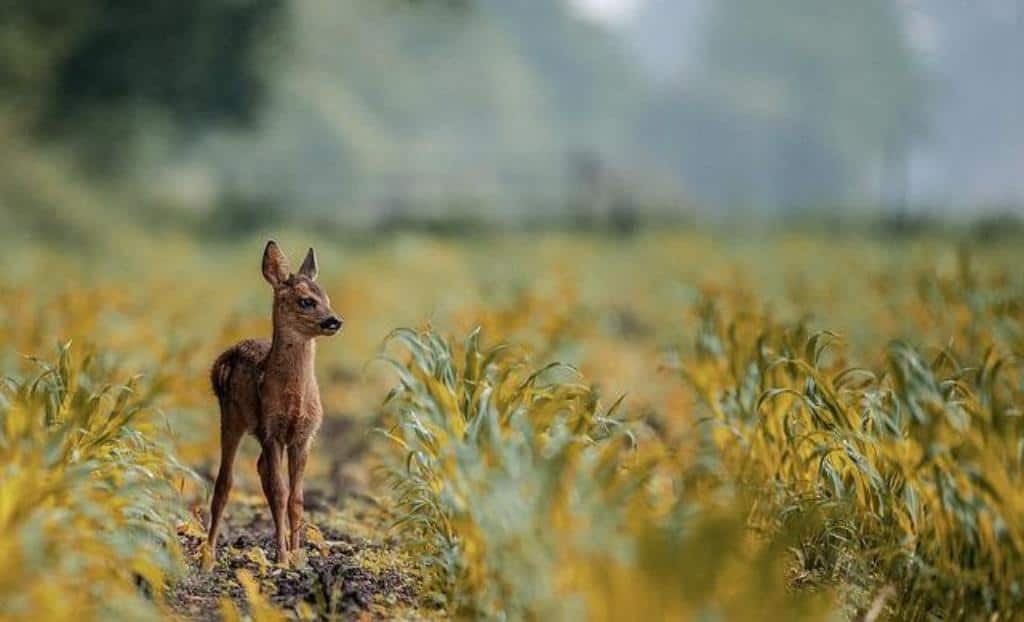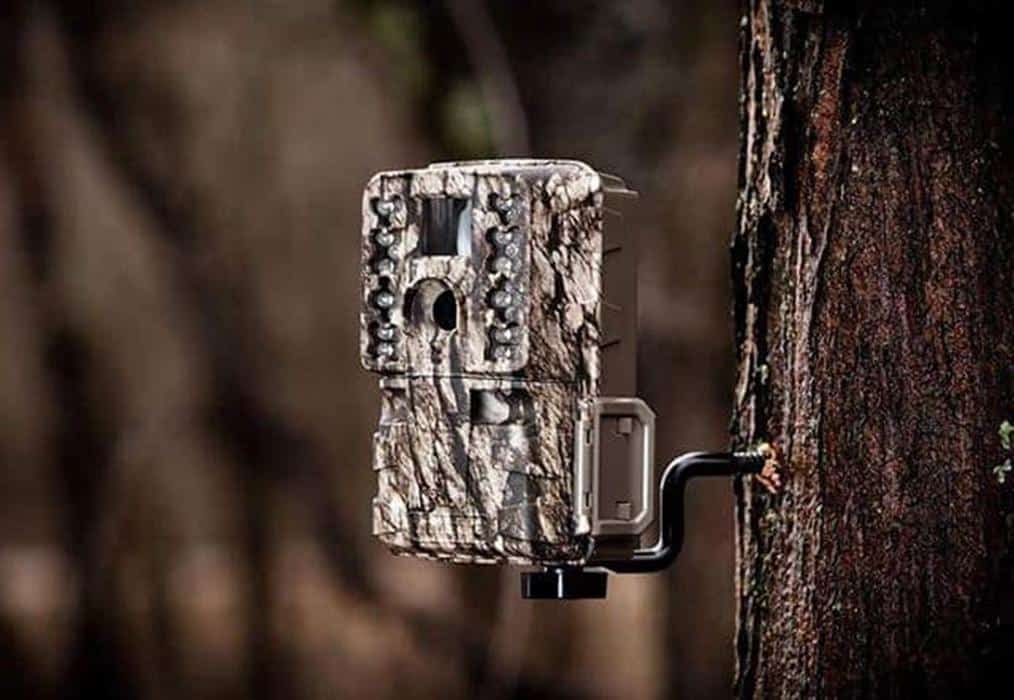Deers are beautiful animals with wonderful lifestyles that many people do not fully understand. It is important to learn about the behavior of this animal to allow success in activities such as hunting expeditions or adventure tours. It takes keenness and a lot of studies to know how the deer behave under different circumstances, such as bad weather. If you learn how the deer behaves in certain circumstances, you will know the best moment when you can find the deer and when you are likely not to find it.
The wind is one factor that affects the behavior of animals, the deer included. Many studies have been done to determine how the deer moves in a windy situation to guide people in deer hunting and viewing activities. Old myths have hypothesized for long that the deers don’t move in the wind. But recent studies have shown that the deer move in the wind. Deers are more active on windy days than on calm days.
Slight winds may not interfere with deer’s movement and bedding, but strong winds may hinder the sense of smell that the deer relies on to detect predators. Strong winds, therefore, put the deer in danger, and they have to move to areas where the wind is normal to detect approaching predators before they strike. Even as we agree that deers move in the wind, we have to know exactly how it does it.

Does it move with the wind or against it?
Well, most deer will move with the wind as the wind will not affect their eyes, and they can detect the slightest smell of a predator approaching from the back. However, some breeds of deer move against the wind. Knowing the direction the wind comes from may reveal how certain deers are likely to move. The wind blowing on your face is a great idea when approaching the deers. If you stand in the direction the wind comes from, the deer will detect your smell and change course.
You may approach deer moving in the same direction as the wind from behind without alarming them. When you move against the wind, the deer won’t detect your smell as the wind carries it away from where you are going. You can easily determine the direction of wind using simple methods or employ modern technology such as weather apps to determine the direction of the wind and strategically position yourself.
Elevation affects the magnitude of wind and hence deer movement
The wind is usually strongest on elevated grounds, such as the top of ridges and hills. The deers lose smell senses at this level, and the trees sway vigorously. The swaying of the trees brings a lot of movements that confuse the deers. At the lower levels of the hills, on the other hand, the wind blows steadily without much tree movement.

The deer like the calmness and will move from the elevated grounds where the winds are strongest to the lower area where it’s a bit calm. They will also try to move to the leeward side of the hills, where it’s not that windy. This movement helps them maintain safety as they graze or bed. When you go hunting or viewing the deer, you need to consider the area’s elevation to see the most suitable location for the deer.
Wind affect movement in the search for food
Wind affects deer feeding pattern and hence movement. Most deer feed at night on normal days. However, most of the deers will bed during windy nights to avoid any danger from predators and hunters. Lack of night feeding makes the deer exhaust food reserves in their bodies, and they, therefore, have to feed for extra hours during the day.
You will therefore find herds of deer moving towards feed the next day. Strong wind may break some tree branches offering fresh favorite feed such as Acorns that act as bait for the deers. You will find them crowding around such fallen branches to fill their bellies. Hunter uses this tip to get deers at feeding points after a windy night.
Wind affects movement in the search for mates
Male deers, also referred to as bucks, use the wind to locate female deers on heat in their area or different areas. Therefore, the direction of the wind will affect how bucks move to meet the does that need to be served. Mature bucks will move against the wind to detect the source of the female chemicals called pheromones that attract males for mates. Without wind, the buck may not detect females from far on calm days and will not move a lot.

When the winds are moderate, however, the bucks can detect female pheromones with their noses from far and will travel a long distance to serve them. High-speed winds during rut won’t deter bucks from looking for mates either. They will still move towards the pheromones. However, extreme swirl winds that blow with a spinning motion might not give clear direction. Here, the bucks will still move to their mates but rely on sight instead of smell. Wind will therefore affect the movement of bucks in search of mates. Therefore, you are likely to find more males than females moving during windy days.
Conclusion
Whether you are in the wild to watch deer or for a hunt, you have to familiarize yourself with the deer’s habits and have the deer’s mindset. You should know how the deer bed, mate, feed, drink, etc. In addition, you should know that weather elements such as wind affect the behavior of deer, such as movement. Knowing these facts ensures you have a successful hunt or view when in the wild next. We have explained in this writeup how the wind is likely to affect deer movement. This information is helpful when you want to hunt or watch deer in their habitat without alarming them. We hope you will find it easy the next time you look for deer in the wild.



